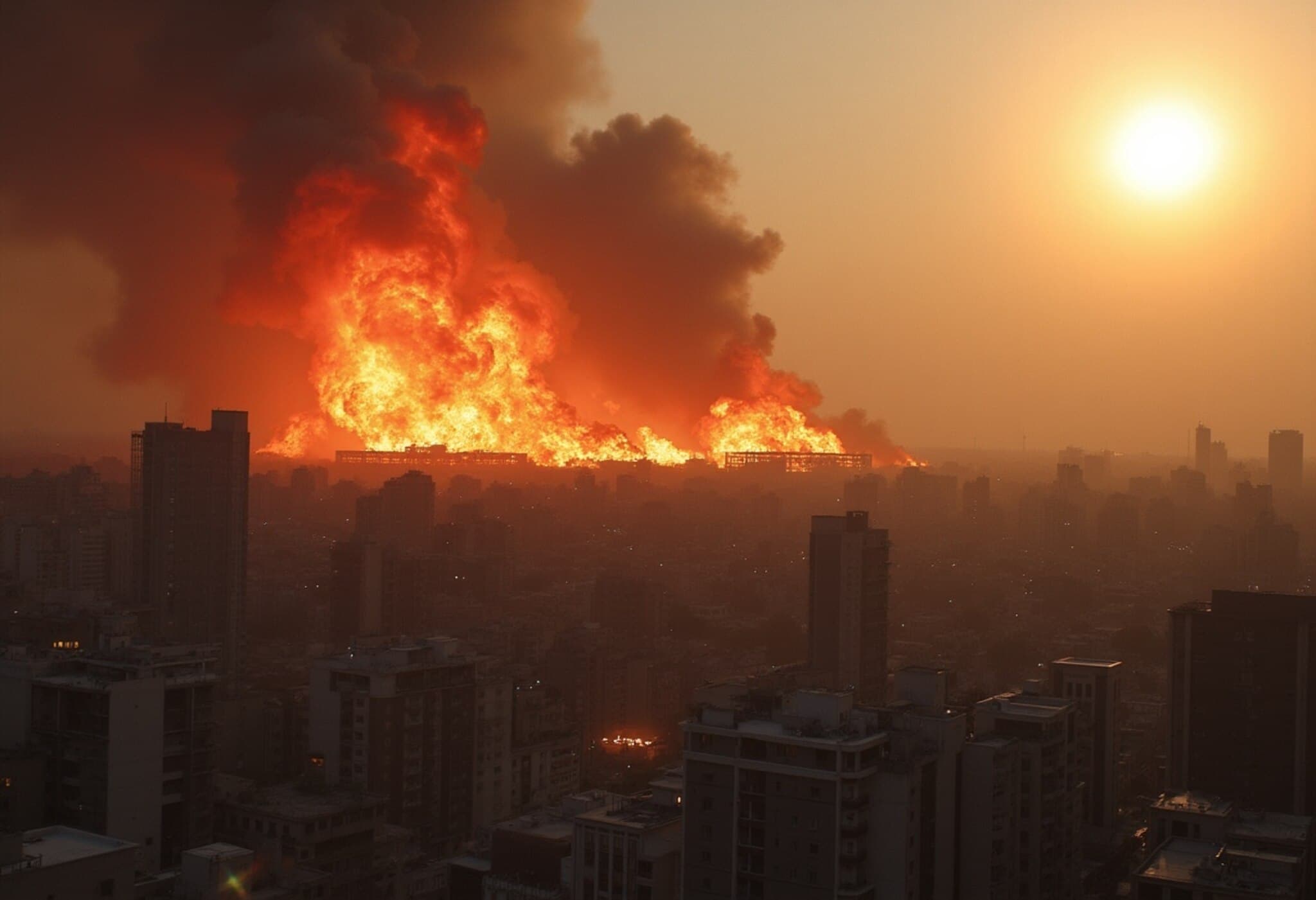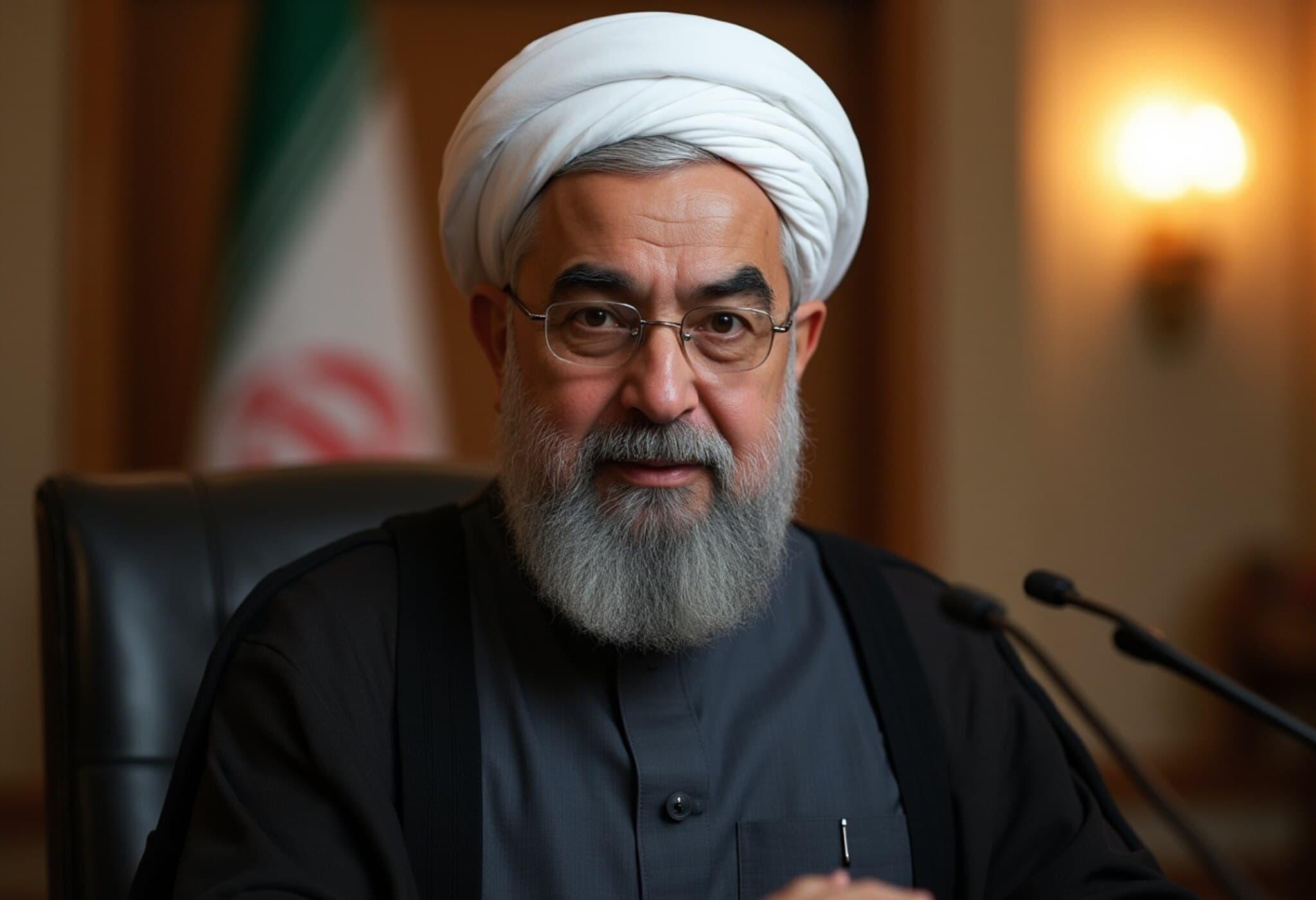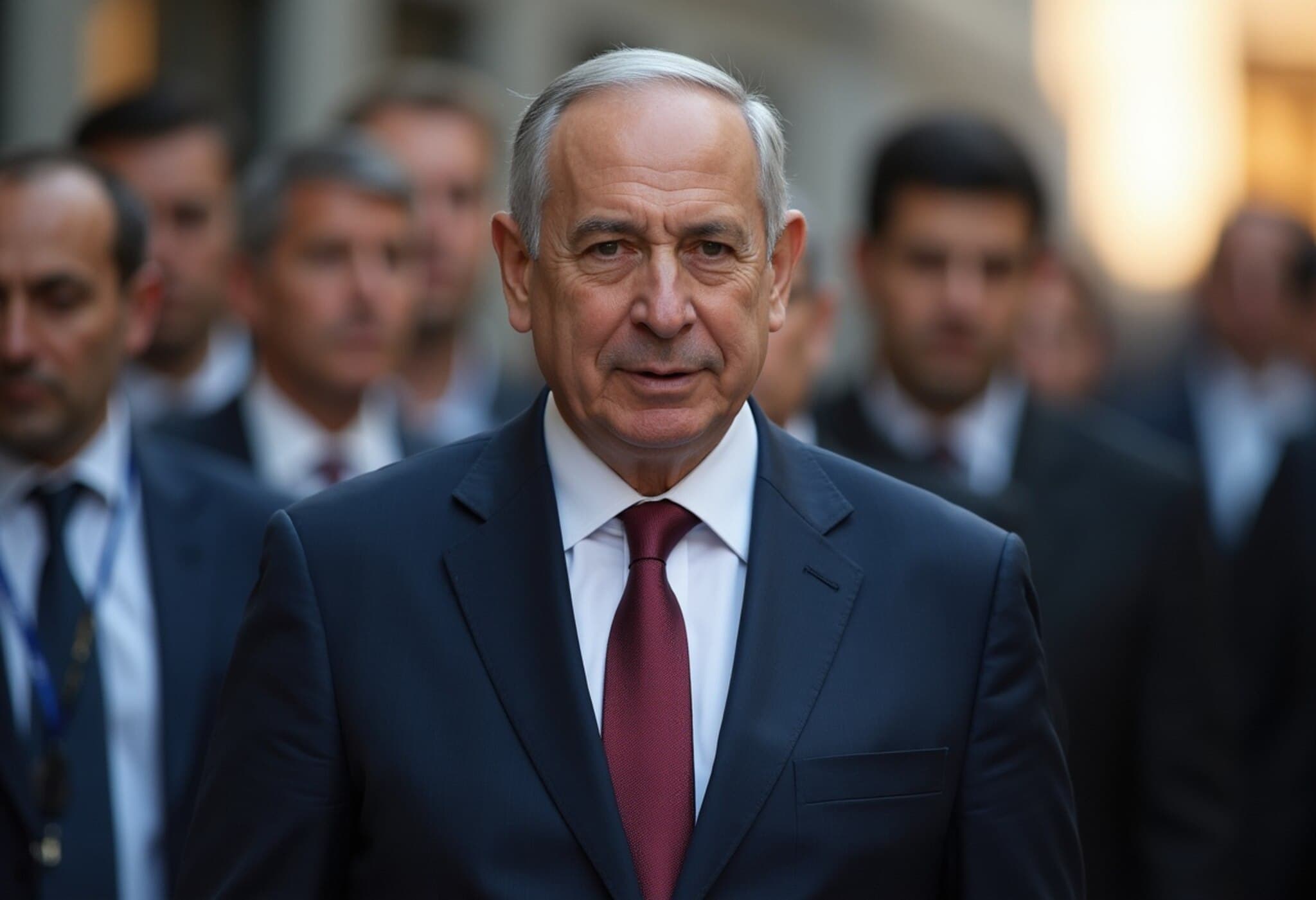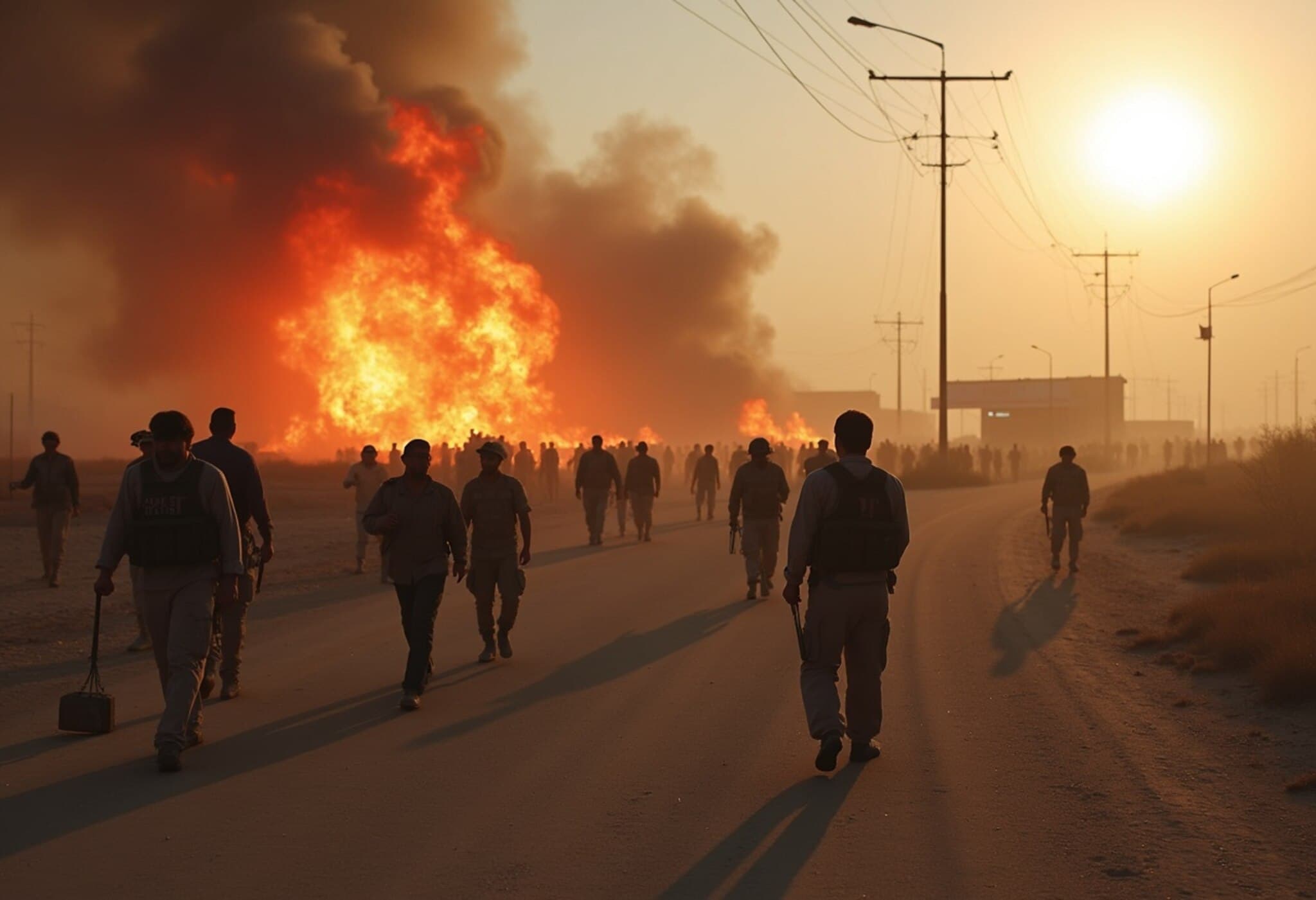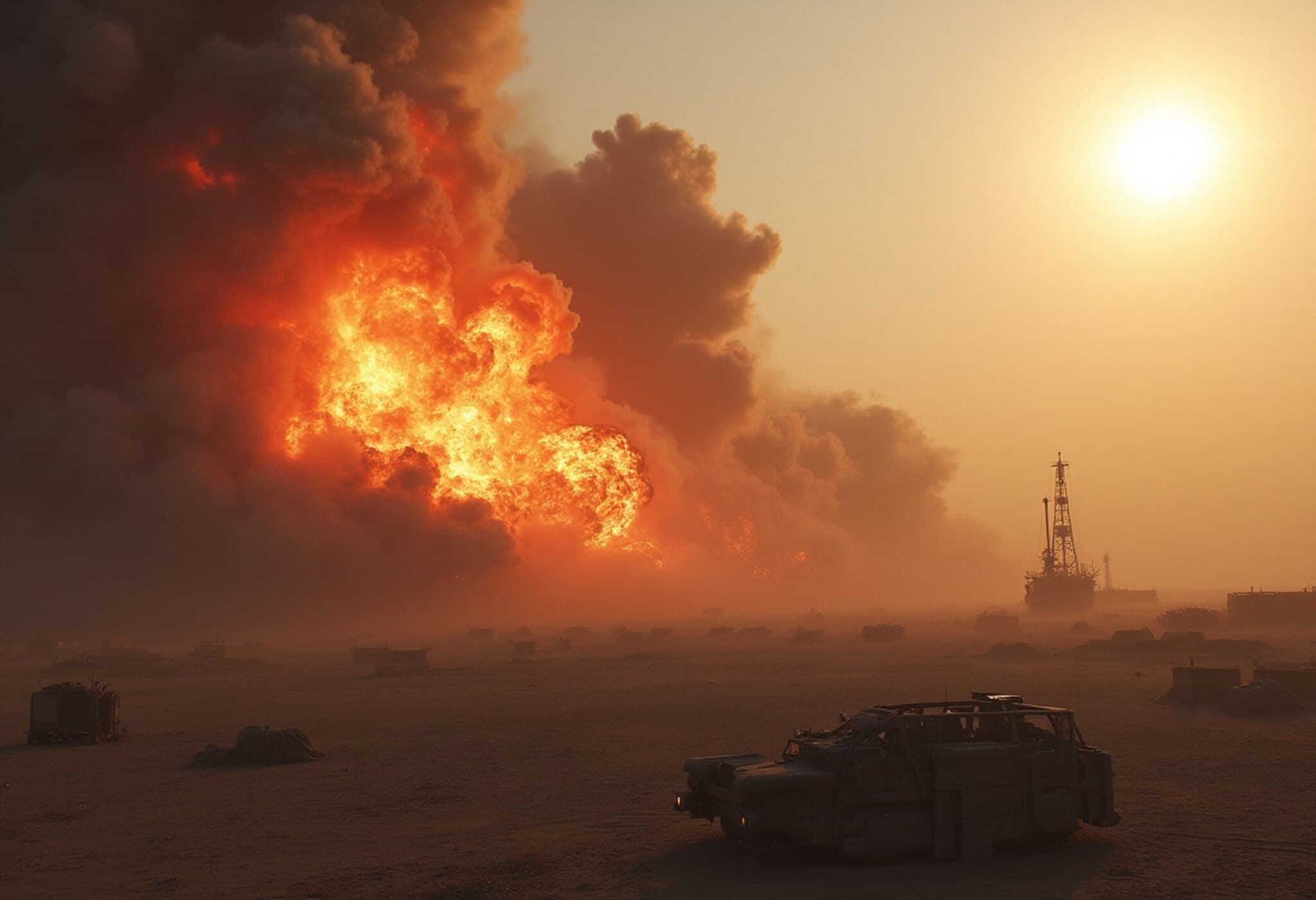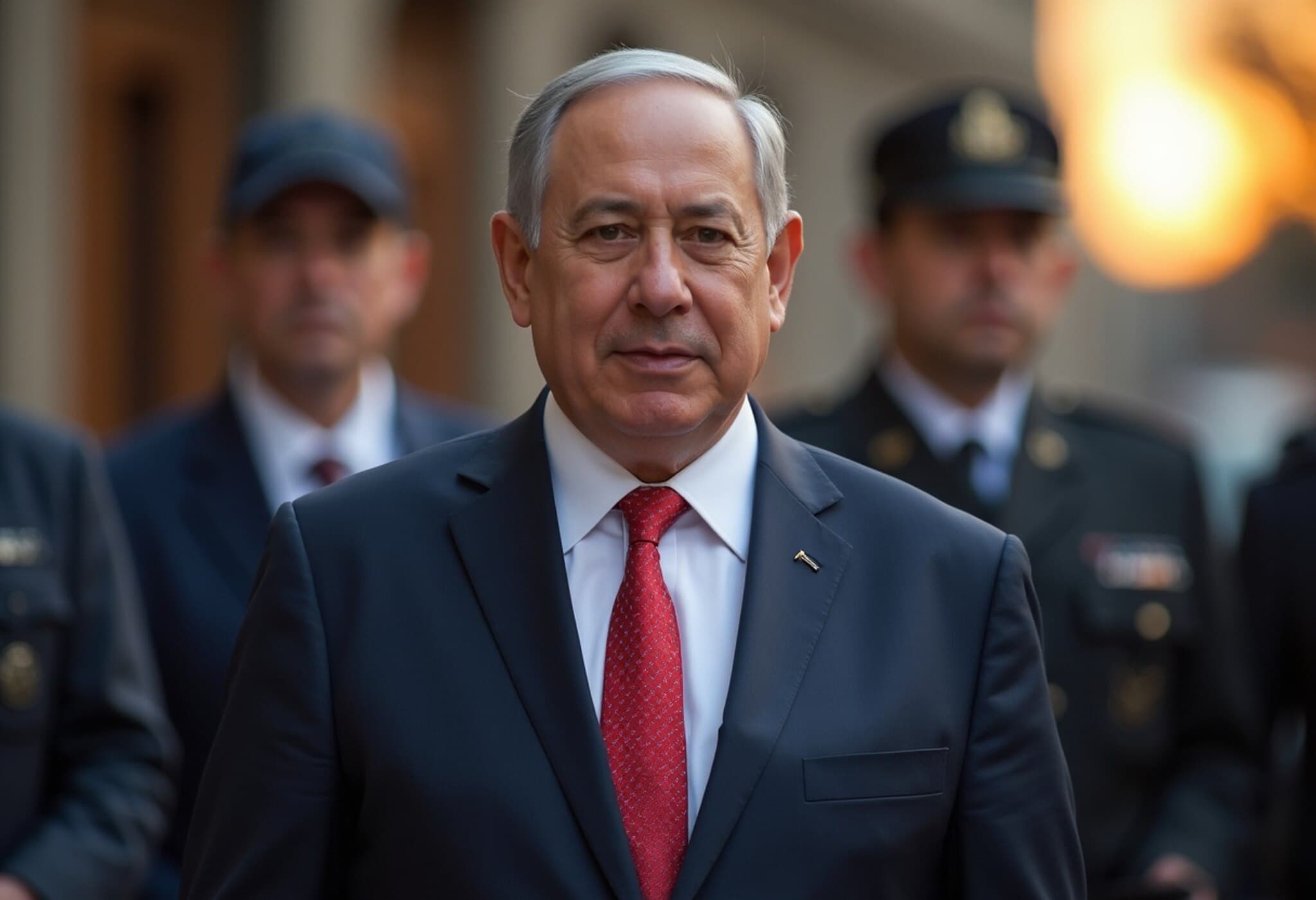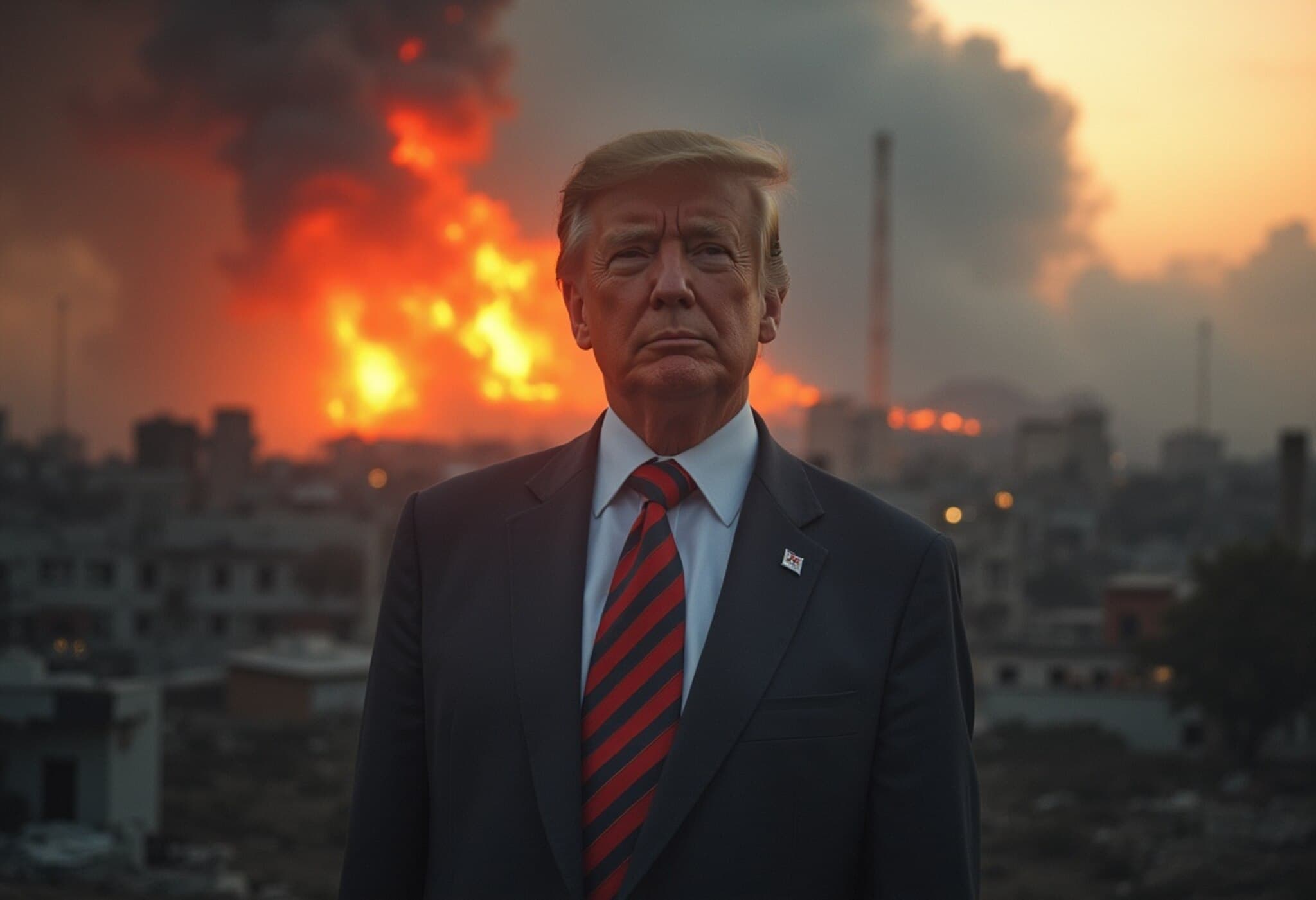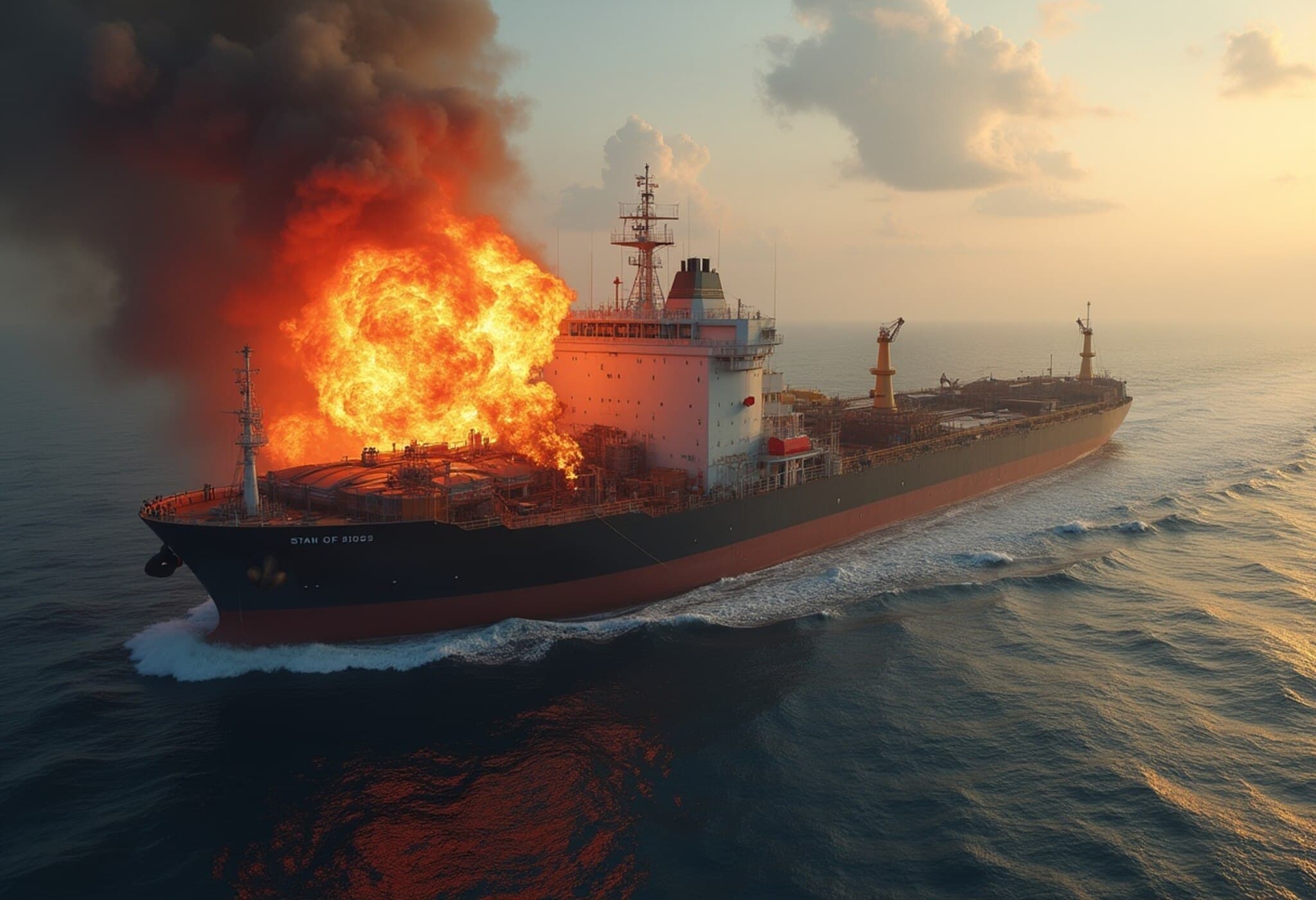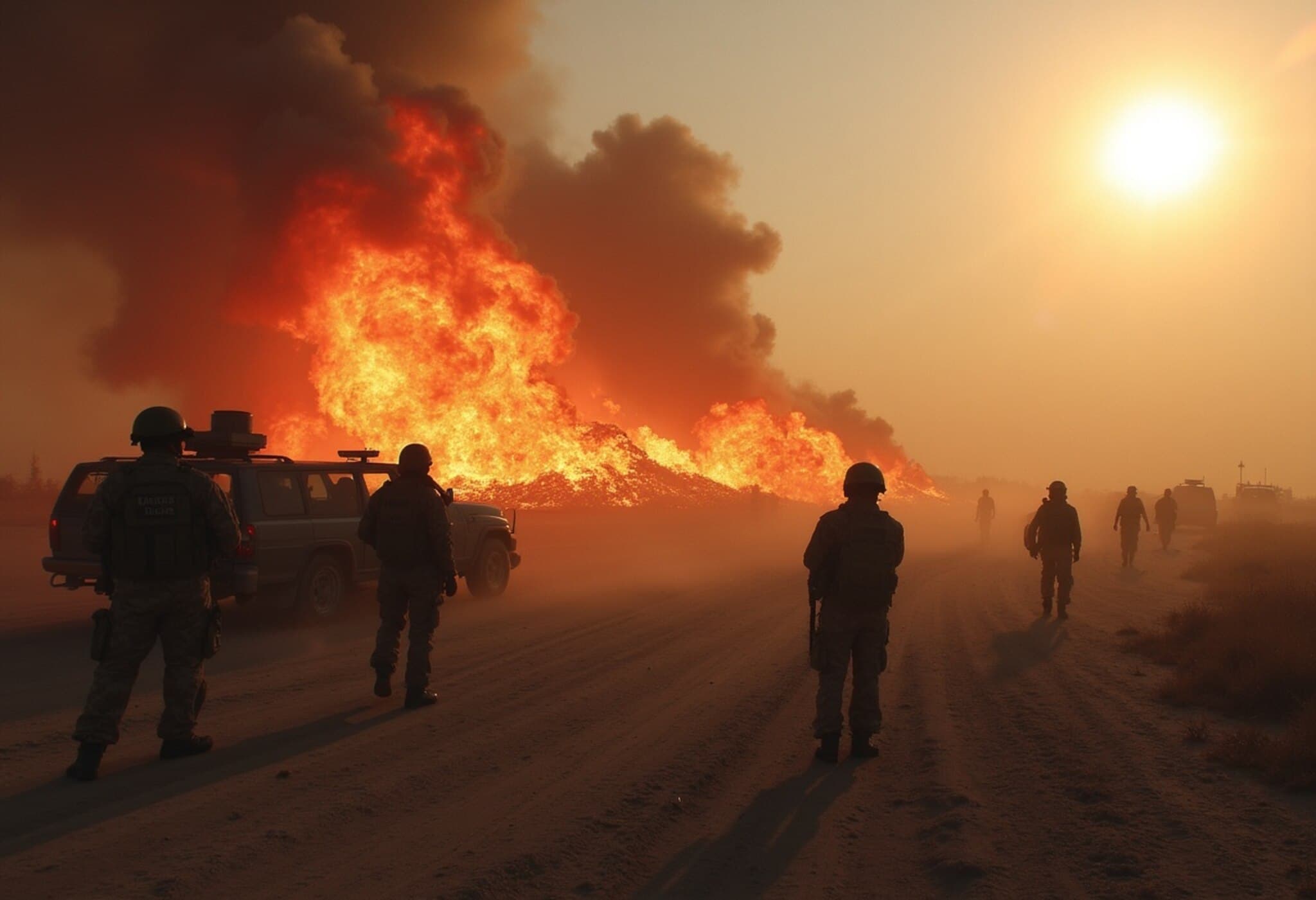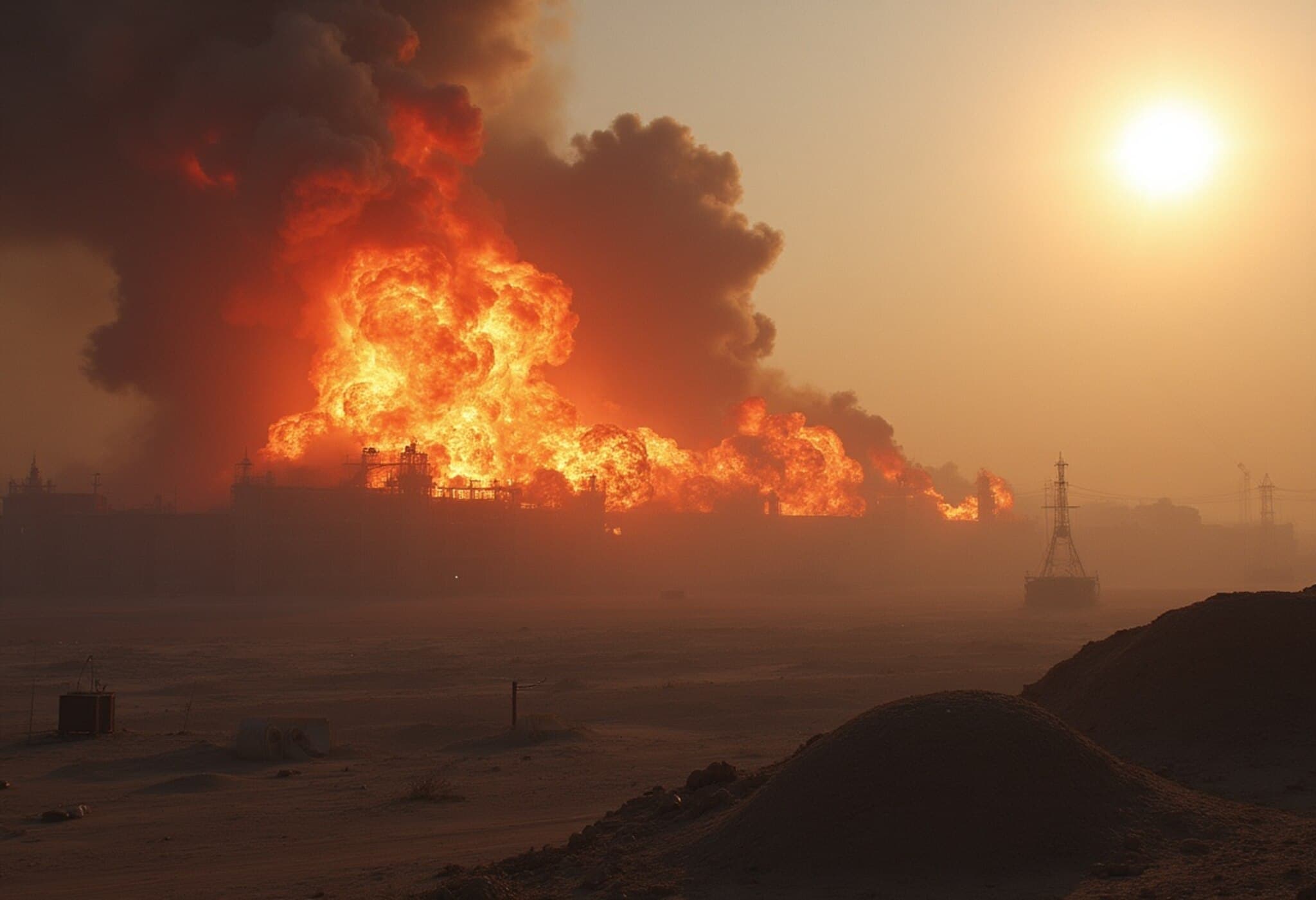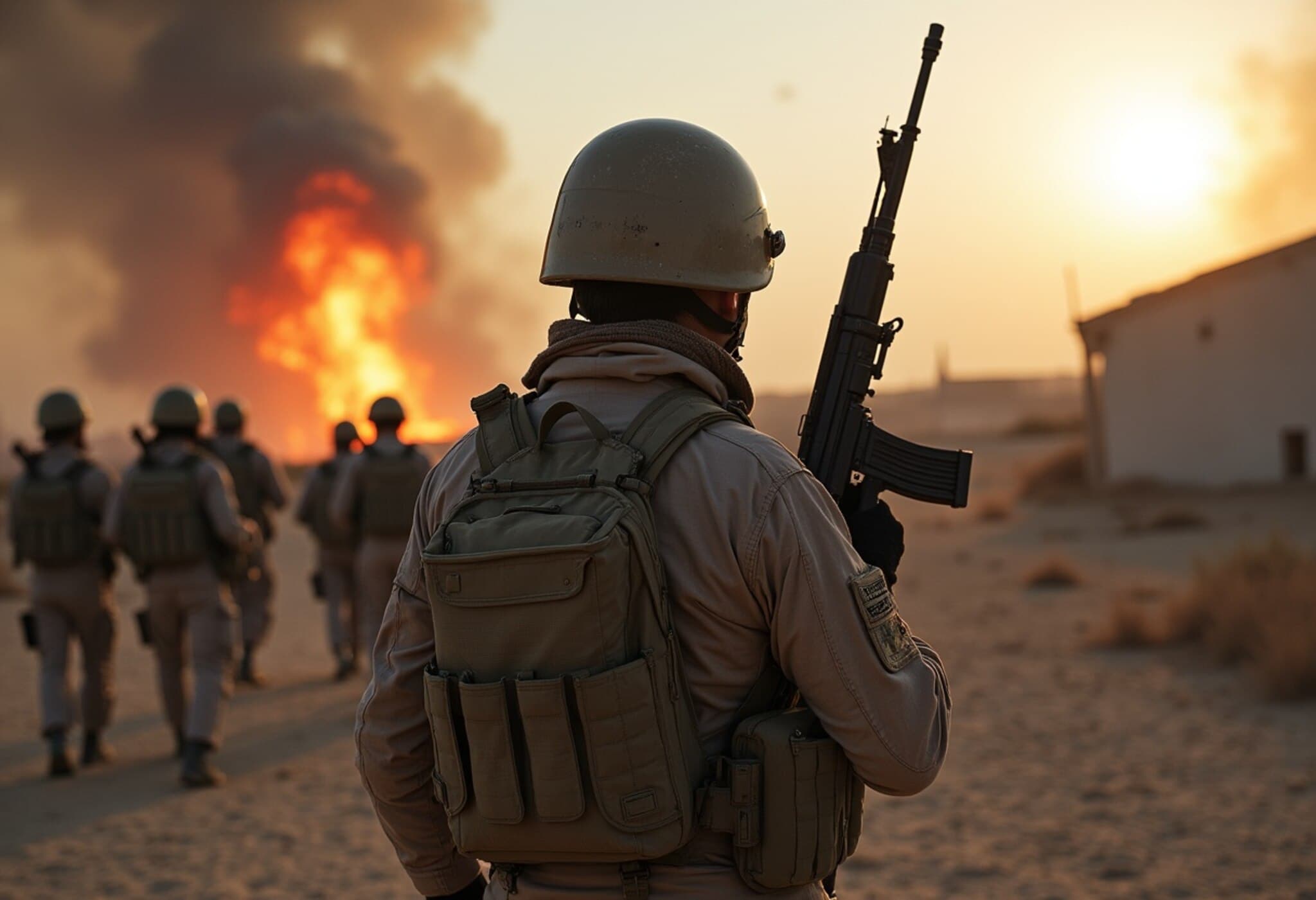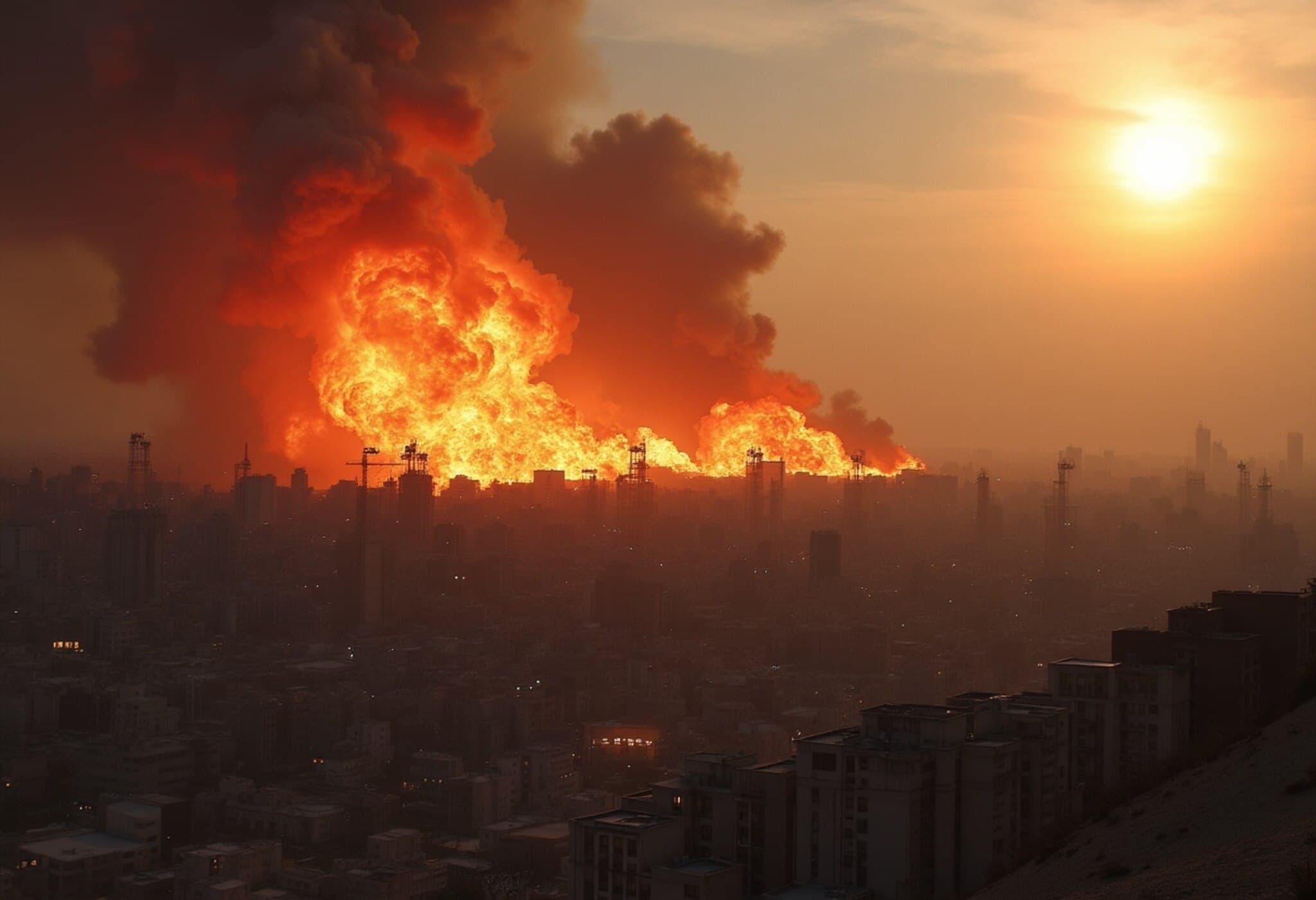Iran’s Response to US Airstrikes: What Lies Ahead?
Following recent US airstrikes targeting Iranian nuclear facilities, Tehran has vowed swift retaliation. While the full extent of damage remains unclear, it is evident that the United States has now entered the fragile conflict between Israel and Iran. This development makes an Iranian counterstrike all but inevitable.
Understanding Iran’s Potential Moves
Experts suggest that Iran’s retaliation is likely to be multidimensional—going beyond conventional military responses to encompass cyber warfare, economic disruptions, and strategic maneuvers. Here’s a detailed look at some of the key avenues Iran might pursue:
1. Targeted Strikes on US Forces in the Region
The most straightforward form of reprisal could involve attacks on American forces and interests across West Asia. The US maintains approximately 40,000 troops stationed at 20 bases in countries like Kuwait, Qatar, Bahrain, and the United Arab Emirates. Smaller contingents are also present in Iraq and Syria, where vulnerabilities are perceived to be higher.
Rather than escalating into full-scale warfare, Iran may opt for calculated strikes—either directly or through its proxies—that cause damage to infrastructure but avoid mass US casualties. Such calibrated aggression could serve as a warning and pressure the US and Israel toward de-escalation.
2. Cyberattacks as a Strategic Weapon
Iran’s cyber capabilities are well-documented, with groups linked to the Islamic Revolutionary Guards Corps (IRGC) reportedly offering rewards for cyber operations. Cyberattacks targeting US networks or critical infrastructure would fit seamlessly into a broader retaliation strategy—delivering impact without immediate physical confrontation.
3. Disrupting the Strait of Hormuz
The Strait of Hormuz is a vital global oil chokepoint, responsible for about 20% of the world’s oil and gas shipments. Iran could attempt to mine or block this crucial waterway, crippling maritime traffic and triggering a significant spike in energy prices.
Such a blockade would not only disrupt US interests but also hurt major petroleum-exporting countries reliant on the strait. Financial analysts warn that oil prices could soar to $120 per barrel, potentially fueling inflation rates as high as 5% in the US.
4. Strikes on Regional Oil Infrastructure
Though less probable, Iran might consider targeting oil facilities in allied countries within the region. In 2019, similar attacks by Yemen’s Houthi rebels temporarily halted nearly half of Saudi Arabia’s oil output, illustrating the disruptive potential of such operations.
5. Accelerated Pursuit of Nuclear Capabilities
Perhaps the most consequential response would be Iran’s possible decision to intensify its nuclear weapons program. Despite the US targeting three nuclear sites, analyses indicate that Iran’s uranium enrichment and near-weapons-grade stockpiles remain largely intact.
With traditional deterrence waning, Iran may view nuclear armament as a strategic necessity—reshaping the balance of power in the region and complicating any future military strategies against it.
Balancing Act in a Volatile Region
While Iran’s retaliation is expected, experts agree that Tehran is aware it cannot win a full-blown conflict but is determined to impose costs on both the US and Israel. Any response will likely be measured and strategic, aiming to convey resolve while leaving room for diplomatic resolution.
As tensions simmer, the international community watches closely to see how this unfolding crisis will reshape Middle Eastern geopolitics and global energy markets.

